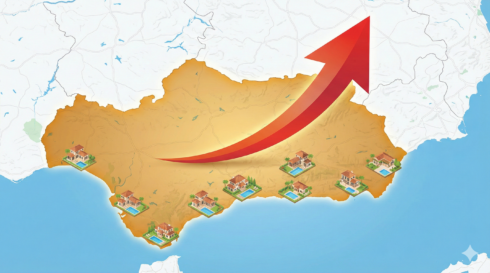Breaking down confusing terminology in English Language Teaching by Scott Donald
Looking for a change of career and considering English language teaching? The profession is rich in opportunities. You can travel the world, integrating with new cultures, or you can teach from your own home via the increasing number of online classes. But the moment you start doing your research, your first question is probably going to be:
“What on earth do all these abbreviations mean!?”
Many areas of our lives are full of acronyms, abbreviations, and jargon. English language teaching is no exception.

The industry is full of terms like: ELT, TEFL, CELTA, DELTA, which can be confusing if you don’t know what they mean.
Just as words like gif, mobile/cell, and SMS were once an enigma to us, it’s easy to crack the secret code of English Language Teaching terminology.
In this article, we’ve broken down some of the most common (and commonly confused!) terms to help you better navigate the world of English language teaching. All you need to do is study these simple definitions.
ELT
ELT stands for “English Language Teaching” and usually refers to the industry as a whole.
Although this definition is fairly straightforward, you might want to avoid using the term ELT Teacher. English Language Teaching Teacher(!?). Bit of a mouthful, right? Also, this type of thing can sometimes upset the grumpy grammarians!
ELT is the preferred industry name for many, but there are others: TESOL, ESL, EFL, EAL where English is referred to as a Foreign/Second/Additional language.Technically, there might be small differences between these terms, but they are often used interchangeably.
The most popular term, however, aside from ELT, is also probably the most problematic…
TEFL (usually pronounced TEF-UHL)
One of the most frequent comments on social media teaching groups is,
“”Hi, I’m moving to Spain. I’m getting a TEFL, and I’m looking for job offers!”
The problem is that there isn’t really such a thing as “getting a TEFL”. TEFL stands for “Teaching English as a Foreign Language”, so it doesn’t make any sense in the context of the sentence above. It may sound like something official, but, like ELT, it’s simply an initialism for the industry.
If you want to get into the English language teaching industry, employers will be looking to see if you have any qualifications. But remember — if a course or certificate has the word “TEFL” in it, it’s giving no indication of how official or recognised it is!
It’s simply the equivalent of a chef saying,
“I’ve got a certificate in food.”
In fact, there are only a couple of certificates that many of these employers will even consider.
So what are they? Which certificates would be deserving of Michelin Stars? The answer is…
CELTA and CertTESOL
These are usually short, intensive courses where trainees get to practice on real-life students. These courses take a minimum of four weeks to complete, although some centres also offer the option of part-time study too.
During the course, you will learn to teach English through a variety of eclectic methods which require no knowledge of your students’ first language. They are a fantastic way of learning by doing, where you are given constant support and feedback from your tutors and peers.
The CELTA is provided by Cambridge University, and the CertTESOL by Trinity College London.
In many language schools all over the world, your CV won’t even be considered without one of these certificates. According to Cambridge, three out of four English language teaching jobs request the CELTA, making it the most widely recognised English teaching qualification in the world.
Many people have travelled far and wide to do their CELTA courses, with Spain often topping the list! At CLIC, we offer a range of courses in the beautiful Spanish cities of Seville and Malaga.
The current Covid travel restrictions have also led to Cambridge launching an online option where the entire course is delivered virtually.
This means that everything from the training to teaching practice can be done from the comfort of your own home.
DELTA
There’s no doubt that the aforementioned courses open the doors to language schools throughout the globe, but for those who have some experience and are ready for a new challenge, the next stop is the Cambridge DELTA.
The DELTA takes what’s covered on the CELTA to the next level, while also looking at some of the underlying theory and principles of language teaching. Teachers who do the DELTA are often looking to progress to more senior teaching positions or management roles.
Like the foundation courses, you can study the DELTA in a variety of ways. Some teachers opt to fit the course around their existing teaching schedule; others prefer to dedicate a block of time to the intensive course. Travel restrictions have opened up new possibilities for doing the course online too.
The DELTA is also modular, meaning you don’t need to do the entire course all at once, which allows for greater flexibility. So whether you are interested in online, face-to-face, part-time or full-time, CLIC has a number of different options available for the DELTA course.
Conclusion
English language teaching is full of potentially confusing terminology — and that’s before you’ve even started your training! The good news is that, as with many of the cases discussed in this article, often there is just a variety of words for the same concept.
The most important thing is, whichever word you use for ELT, you know that a reputable course like the CELTA is your best way of getting that dream J-O-B.
If you are looking for more information or course dates and prices for either the CELTA or DELTA, click here for more information.
Have you found some other acronyms or English language teaching jargon that you need clarified? Let us know in the comments!
Click here to read more Spain News from The Olive Press.








